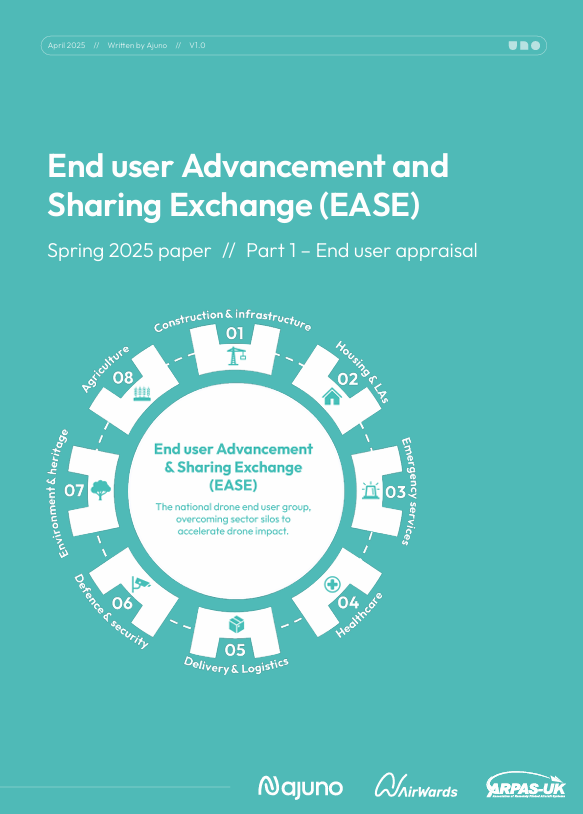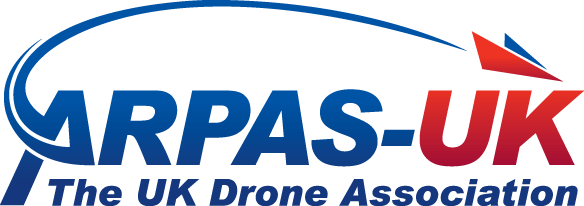The End User Advancement and Sharing Exchange (EASE) has released a pivotal paper titled “End User Appraisal,” which offers a comprehensive analysis of the current state and future prospects of drone technology integration across various sectors in the UK. This document synthesizes insights from leading drone end users, highlighting critical challenges, cross-sector opportunities, and the maturity levels of drone adoption.
Critical Challenges in Drone Integration
The paper identifies several significant obstacles impeding the widespread adoption and impact of drone technology:
- Regulatory Hurdles: Despite the introduction of the UK Specific Operations Risk Assessment (SORA) aiming to streamline regulatory processes, many end users find the framework complex and the associated costs for intricate operations prohibitive.
- Funding Gaps: The conclusion of the Future Flight Challenge Phase 3 has left numerous projects without sustainable funding, posing a threat to their progression towards commercialization.
- Senior Stakeholder Buy-In: Achieving commitment from senior stakeholders remains challenging, often due to the intertwined issues of regulatory complexities and financial constraints.
Cross-Sector Opportunities for Drone Applications
The document highlights promising avenues where drone technology can be effectively utilized across different sectors:
- Inspection: Drones offer a safer and more efficient means for inspecting infrastructure, reducing the need for manual assessments in hazardous environments.
- Emergency Response: In critical situations, drones can provide rapid situational awareness, aiding in search and rescue operations and disaster management.
- Delivery Services: The potential for drones to revolutionize delivery systems, especially in remote areas, is significant, offering faster and more cost-effective solutions.

Maturity Levels of Drone Adoption
EASE conducted a benchmarking exercise to assess the maturity of drone integration among end users, categorizing them into four stages:
- Initial: Limited awareness and ad-hoc drone use with some trained personnel and basic policies.
- Developing: Structured drone use for specific tasks with early investments, facing challenges in regulation and data integration.
- Established: Full integration of drones into operations with dedicated teams and budgets, enabling data-driven decision-making.
- Leading: Expanded drone operations across multiple sites with full regulatory compliance and integration of advanced technologies like AI and automation.
The assessment revealed that the majority of organizations are in the early stages of drone adoption, with five users at the ‘Initial’ stage and five at the ‘Developing’ stage, indicating substantial room for growth and development.
Strategic Actions for Enhanced Drone Impact
To address these challenges and capitalize on opportunities, the paper outlines strategic actions:
- Regulatory Engagement: Collaborate with regulatory bodies to simplify processes and reduce costs associated with complex drone operations.
- Sustainable Funding Models: Develop innovative funding strategies to support projects transitioning from research to commercialization.
- Stakeholder Education: Conduct targeted initiatives to inform and engage senior stakeholders about the benefits and potential of drone technology.
- Cross-Sector Collaboration: Foster partnerships across industries to share knowledge, resources, and best practices for drone integration.
Conclusion
The EASE “End User Appraisal” paper underscores a critical juncture for the UK drone ecosystem. By addressing regulatory and financial challenges and promoting collaborative efforts, there is a significant opportunity to harness drone technology’s full potential, driving innovation and efficiency across multiple sectors.
Read other:
9 April 2025










